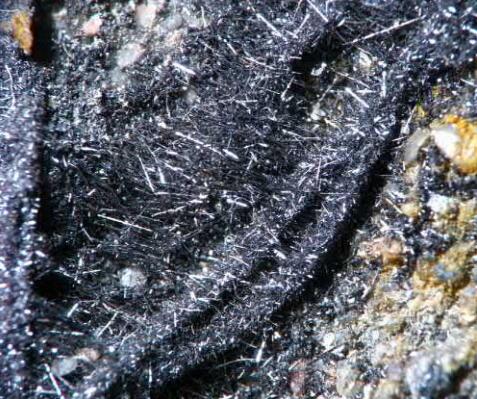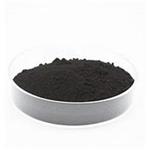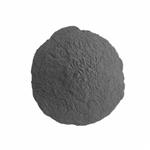Where is nickel found? Is it toxic?
May 29,2024
On Earth, nickel occurs most commonly in combination with sulfur and iron in pentlandite ((Fe, Ni)9S8), with sulfur in millerite , with arsenic in the mineral nickeline (NiAs), and with arsenic and sulfur in nickel galena (PbS). Nickel is normally found in iron meteorites as the alloys kamacite, (Fe, Ni), and taenite, (Ni, Fe).

Discovery
In the beginning, the only ore for nickel was the rare Kupfernickel. Starting in 1824, nickel was obtained as a by-product of cobalt blue production. The initial large-scale smelting of nickel started in Norway in 1848 from nickel-rich pyrrhotite. The introduction of nickel in steel production in 1889 resulted in a larger demand for nickel, and the nickel ore deposits of New Caledonia, found in 1865, produced most of the world's supply between 1875 and 1915. The discovery of the large ore deposits in the Sudbury Basin, Canada in 1883, in Norilsk-Talnakh, Russia in 1920, and the Merensky Reef, South Africa in 1924, made large-scale production of nickel possible.
Production
Nickel is produced from nickel carbonyl using one of two different processes. It may be passed through a large chamber at high temperatures in which tens of thousands of nickel spheres, called pellets, are constantly stirred. The carbonyl decomposes and deposits pure nickel onto the nickel spheres. In the other process, nickel carbonyl is decomposed in a smaller chamber at 230℃ to create a fine nickel powder.
Uses
The worldwide usage of Ni is currently: 68% in stainless steel; 10% in nonferrous alloys; 9% in electroplating; 7% in alloy steel; 3% in foundries; and 4% other uses (including batteries). About 27% of all Ni production is intended for engineering, 10% for building and construction, 14% for tubular products, 20% for metal goods, 14% for transport, 11% for electronic goods, and 5% for other applications. Nickel is used in numerous specific and easily identifiable industrial and consumer products, such as stainless steel, alnico magnets, coinage, rechargeable batteries, electric guitar strings, microphone capsules, plating on plumbing fixtures, and special alloys. It is also used for plating and as a green tint in glass. Ni is predominantly an alloy metal, and its principal use is in Ni steels and Ni cast irons, in which it usually improves the tensile strength, toughness, and elastic limit.
Toxicity
Nickel is not a cumulative poison, but larger doses or chronic inhalation exposure may be toxic, even carcinogenic, and constitute an occupational hazard. People can be exposed to nickel in the workplace by inhalation, ingestion, and contact with skin or eye. At 10 mg/m3, nickel is immediately dangerous to life and health. Nickel carbonyl [Ni(CO)4] is an extremely toxic gas. The toxicity of metal carbonyls is a function of both the toxicity of the metal and the off-gassing of carbon monoxide from the carbonyl functional groups; nickel carbonyl is also explosive in air.
- Related articles
- Related Qustion
Supplementation with pyridoxal 5'-phosphate monohydrate can synthesize neurotransmitters such as dopamine and serotonin, maintaining a healthy nervous system.....
Nov 4,2025Biochemical EngineeringNative selenium is a rare mineral, which normally does not occur in good crystals, but, when it does, they are steep rhombohedra or tiny acicular (hair-like) crystals.....
May 29,2024Inorganic chemistry








